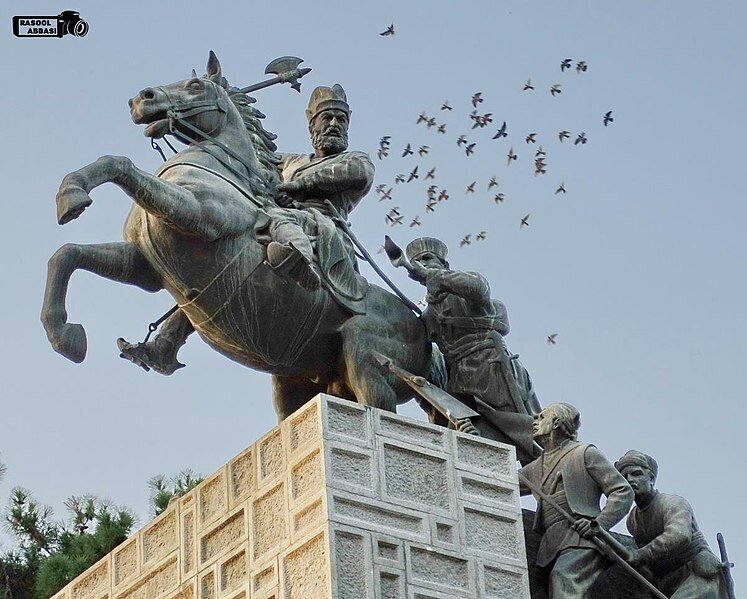Historic Persian-Georgian documents of Iran’s Afsharid era digitized with British Library support

TEHRAN - A significant cultural heritage preservation initiative has culminated in the digitization and cataloguing of rare Persian and Georgian-Persian historical documents from the Afshar period, preserved at the Korneli Kekelidze National Centre of Manuscripts in Tbilisi, Georgia.
Led by Dr. Tamar Abuladze, the project was implemented under the Endangered Archives Programme, supported by the British Library. The electronic catalogue resulting from this extensive research was officially published earlier this year on the library's website, marking a major step in preserving and promoting understudied archival materials related to Iranian-Georgian history.
The project focused on documents from a politically charged era during which Iranian influence under the Qizilbashs extended into East Georgia, particularly during the reign of Nader Shah Afshar, aka Nadir Shah (1736–1747). These historical materials offer critical insights into the military, administrative, and social dynamics between Iran and the Georgian territories in the 18th century.
The documents were carefully selected based on their chronological relevance to the period and the extent of physical deterioration. The digitized corpus comprises firmans, decrees, administrative orders, tax records, appointment documents, letters, legal judgments, and other official communications. These were issued by prominent figures such as Nader Shah, his successor Ibrahim Shah, high-ranking Iranian officials like Sefi-Khan and Azad-Khan, and Georgian royalty, including King Erekle II of Kartli-Kakheti and King Teimuraz II.

Addressees of the documents range from Iranian monarchs and Georgian rulers to local nobles, begs, and governors of Kartli-Kakheti and surrounding regions. Collectively, they illustrate the interconnectedness of Iranian and Georgian administrative systems during the Afsharid period.
Napoleon of Persia!
Born Nader Qoli Beg, Nader Shah created an Iranian empire that stretched from the Indus River to the Caucasus Mountains. He is widely considered one of the most powerful rulers in the history of the nation. He assumed power when a period of chaos overwhelmed Iran.
Nader endeavored to reunite the Persian realm while repelling invaders. He is sometimes referred to as the Napoleon of Persia or the Second Alexander.
According to Encyclopedia Britannica, Nader Qoli Beg had an obscure beginning in the Turkish Afshar tribe, which was loyal to the Safavid shahs of Iran. After serving under a local chieftain, Nader formed and led a band of robbers, showing marked powers of leadership.
With the navy he proceeded to build, Nader Shah was able not only to take Bahrain from the Arabs but also to invade and conquer Oman. In February 1739, after capturing several cities of the Mughal Empire of northern India, he moved against the main Mughal armies at Karnal, India. He won the battle and entered Delhi, returning to Iran with vast amounts of loot, including the fabulous Peacock Throne and the Koh-e-Noor Diamond. He then attacked the Uzbeks around the cities of Bukhara and Khiva; his empire had reached its furthest expansion and rivaled the territorial extent of the ancient Iranian empire.
AM
Leave a Comment